World War III is Already Underway
Why most people don't recognize it...
Imagine waking up every day feeling like the ground beneath you is shifting, yet no bombs are falling from the sky.
What if we told you that World War 3 is already raging…not with tanks and trenches, but with invisible weapons designed to conquer minds, wallets, and societies? This isn’t conspiracy theory; it’s the evolution of conflict in our hyper-connected era.
But how did we get here, and what does it mean for your sanity and your portfolio?
Stick around as we uncover the hidden history, psychological traps, and investment opportunities lurking in this silent storm.
The Historical Roots of Modern Warfare Tactics: From Ancient Deception to Digital Dominance
War has never been just about brute force.
If you’re searching for “historical examples of non-traditional warfare,” you’ll find that deception and subversion have been staples since antiquity.
Take the Trojan Horse from the siege of Troy around 1200 BC…a classic psychological operation (psyop) that tricked an entire city into defeat without a prolonged battle.
Fast-forward to the 20th century, and unconventional warfare exploded during World War II.
The Allies used disinformation campaigns, like Operation Mincemeat, where a fake corpse with planted documents misled the Nazis about invasion plans, saving countless lives and shifting the tide.
But the real shift to “hidden world war” tactics came during the Cold War.
The U.S. and Soviet Union waged proxy battles through economic sanctions, propaganda broadcasts, and cyber-like espionage (think Stasi files and CIA-backed coups).
This era proved that controlling information and economies could topple regimes without firing a shot.
In the 21st century, nations like China and Russia have mastered “irregular warfare,” blending economic pressure with digital hacks to undermine adversaries.
Why this evolution? Traditional wars became too costly and unpopular after the horrors of two world wars.
Leaders learned that subtle tools yield bigger gains with less backlash.
But if history repeats, are we trapped in an endless cycle? We’ll explore that next…and how it predicts the booms and busts ahead.
The Psychology of Information Warfare: Why Your Mind Feels Under Siege
Diving into “psychological effects of modern warfare on civilians,” it’s clear that today’s conflicts exploit our brains like never before.
Cognitive dissonance…the mental discomfort from holding conflicting beliefs…is a key weapon.
When bombarded with disinformation, like conflicting COVID narratives or election fraud claims, people experience anxiety, depression, and a sense of unreality.
This isn’t accidental; it’s designed to paralyze decision-making, making populations easier to control.
From a psychological standpoint, “us vs. them” thinking surges during such times, fueled by social media algorithms that amplify divides.
In past wars, civilians in conflict zones reported widespread dread and numbness—symptoms now globalized through 24/7 news cycles.
Targeting masculinity, for instance, through cultural narratives that portray traditional roles as toxic, weakens societal resistance. The result? A population that’s exhausted, distrustful, and self-blaming, mistaking systemic manipulation for personal failure.
This is deliberate gaslighting by elites to maintain power.
But psychology isn’t isolated…it’s intertwined with cycles that have repeated for centuries.
What if understanding these patterns could shield your investments from the next bust?
Cycle Behavior in Global Conflicts: The Boom-Bust Rhythm of War and Economy
Searching for “historical cycles of war and economic booms busts” reveals a predictable pattern: Wars often ignite economic shifts, creating booms followed by busts.
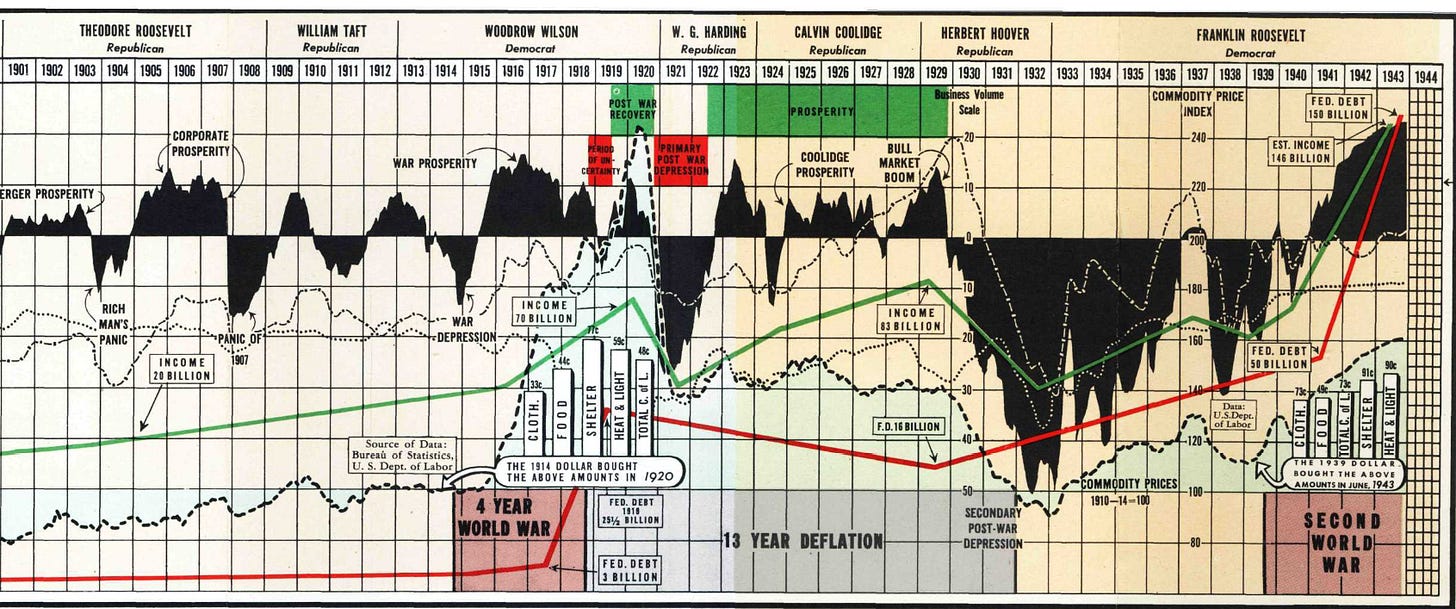
In the 19th century, U.S. boom-bust cycles were tied to expansions like the railroad boom, often disrupted by conflicts such as the Civil War, which spurred industrial growth but led to post-war recessions.
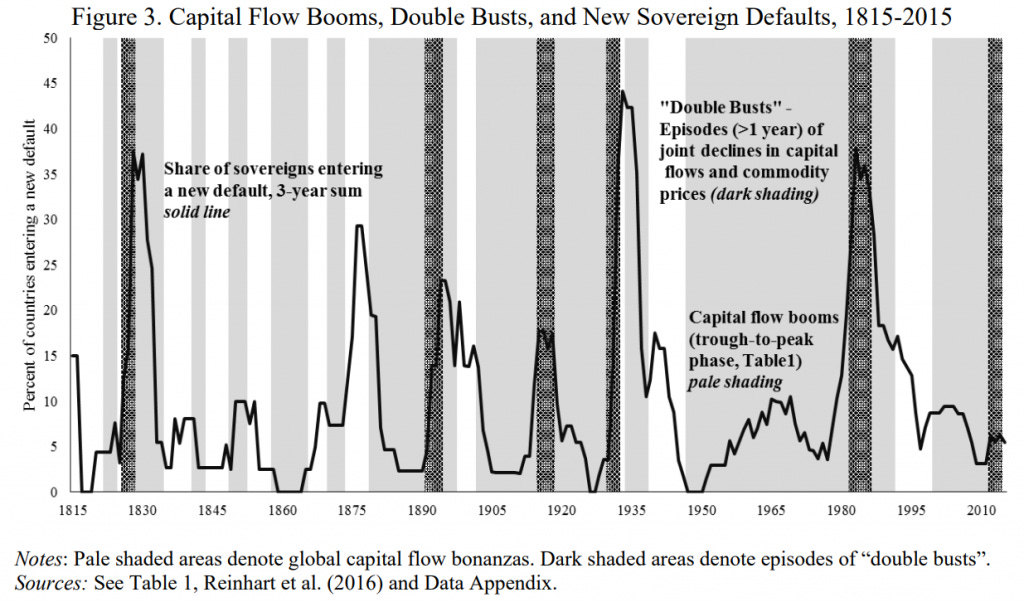
World War I and II followed suit: Initial market dips gave way to wartime production booms, with stocks rallying as economies mobilized.
Economist Joseph Schumpeter called this “creative destruction,” where conflicts methodically reset economies, fostering innovation amid chaos.
Post-WWII, the longest U.S. expansion ended in the 2001 recession, exacerbated by 9/11’s “war on terror.”
Today, we’re in a similar cycle: Ballooning debts and geopolitical tensions mirror pre-WWI instability, where capital flows shift dramatically.
How do these invisible weapons play out in real time? The arsenal might shock you.
Modern Warfare Arsenal: Invisible Tools Reshaping Your World
Building on the original, let’s dissect this “modern warfare arsenal” with real-world depth.
Information warfare tops the list: Russian cyber attacks, like the 2016 U.S. election interference, flood societies with disinformation, creating cognitive chaos.
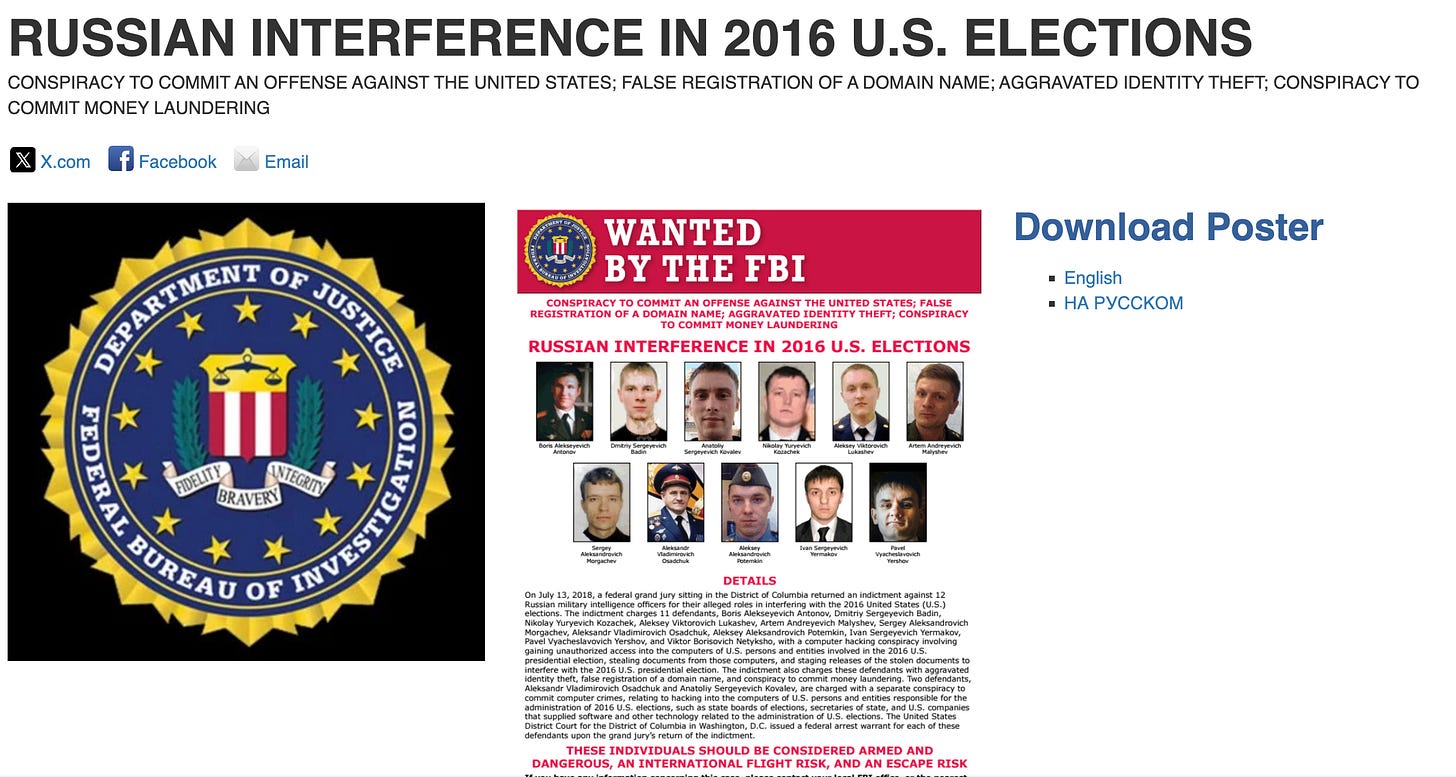
Economic weapons, such as sanctions on Russia post-Ukraine invasion, manipulate currencies and dependencies, driving inflation and shortages.
Political subversion involves bribing influencers or undermining legitimacy…think leaked scandals or funded NGOs.
Psychological operations create crises (e.g., engineered pandemics or climate scares) then offer “solutions” like digital IDs for control.
Biological warfare disguises famines as climate events, while social manipulation inflames divides via platforms owned by a few elites.
Why silent? War’s nobility died with Vietnam; publics see politicians as “lying scoundrels.”
Declaring war rallies opposition, so denial keeps the masses compliant. No need for drafts when drones and AI handle kinetics. But these tactics manifest in symptoms that hit home…and your bank account.
Current War Symptoms and Investor Ramifications: Navigating the Chaos for Profit
If you’re Googling “signs of World War 3,” these symptoms scream it: Loss of hope, financial stress from inflation, young people delaying families, supply disruptions prompting stockpiling.
Nationalism rises, governments instill fear, protests escalate with militarized responses.
People flee countries, censor themselves, and face “temporary” laws that erode rights.
Propaganda saturates feeds, basic needs become weapons, and identity politics labels dissenters as enemies.
For investors, this “investing during global conflict” landscape is a minefield…and goldmine.
👉 Invest the same way we do…
Historically, wars cause initial stock sell-offs but lead to recoveries: U.S. markets rose 50% during WWII despite early dips.
Ramifications? Volatility spikes, commodities like oil surge (up 30% post-Ukraine), and safe havens like gold thrive.
Governments’ debt-fueled wars devalue fiat; bet on hard assets, energy, and defense stocks.
Strategies include diversifying into cheap emerging markets (for us it’s Brazil, and Argentina), and deeply undervalued but profitable sectors poised for capital rotation.
Avoid bonds. If you don’t know why, Insider #318 will explain.
Interconnected Global Conflict and Varying Individual Experiences
What seem like isolated skirmishes…Ukraine, Middle East flares, trade wars…are proxy battles in a unified “hidden world war.”
Alliances shift overnight, exhausting citizens who can’t discern friend from foe.
In WWII, experiences differed: Londoners endured blitzes while Americans rationed goods.
Today, a European faces mental blitzes like mass climate-change propaganda, expensive energy, digital surveillance and control, and invasion from 3rd world countries.
Depending on where they might live, say Dearborn Michigan, or California, an American might be experiencing the onset of similar patterns.
This asymmetry amplifies overwhelm, but recognizing it empowers adaptation.
The Reality Check: Ending Self-Blame in an Abnormal World
If you’re feeling dread, just know dread isn’t personal weakness…it’s a rational response to psychological, economic, and information warfare more abusive than bullets.
History shows wars evolve; psychology explains the mental toll; cycles predict economic resets.
For investors, this means opportunity amid ruin…own hard assets, diversify across sectors and themes poised for capital flows, position-size accordingly and execute your game plan before the next escalation.
Join our Insider service if you need help.
Physical violence remains a tool, but the real battle is for control.
Remove self-blame, understand the game, and position yourself to exploit the chaos.
Chaos breeds asymmetry; the prepared thrive. As we navigate this hidden world war, ask: Are you ready for what’s next?



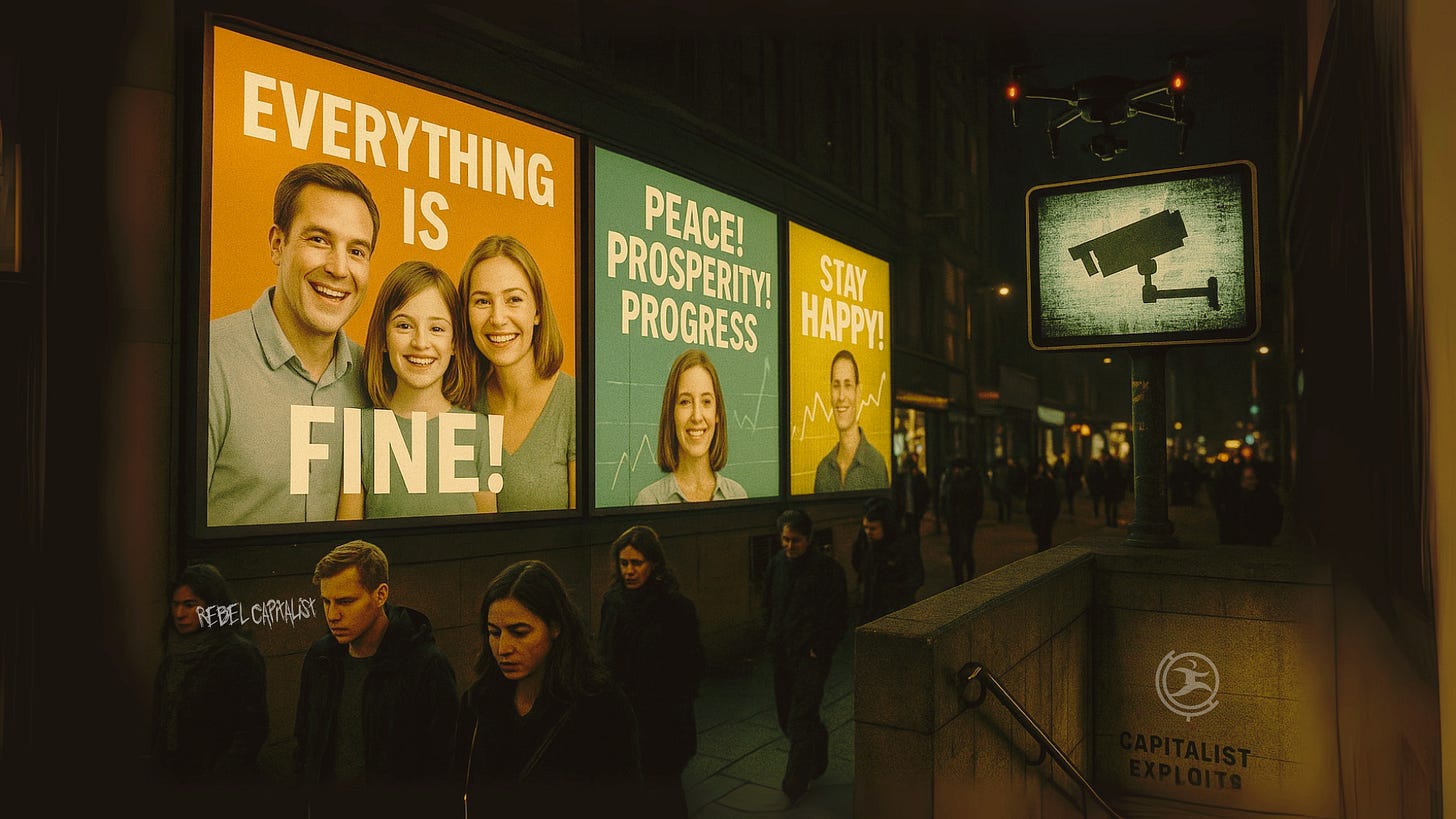

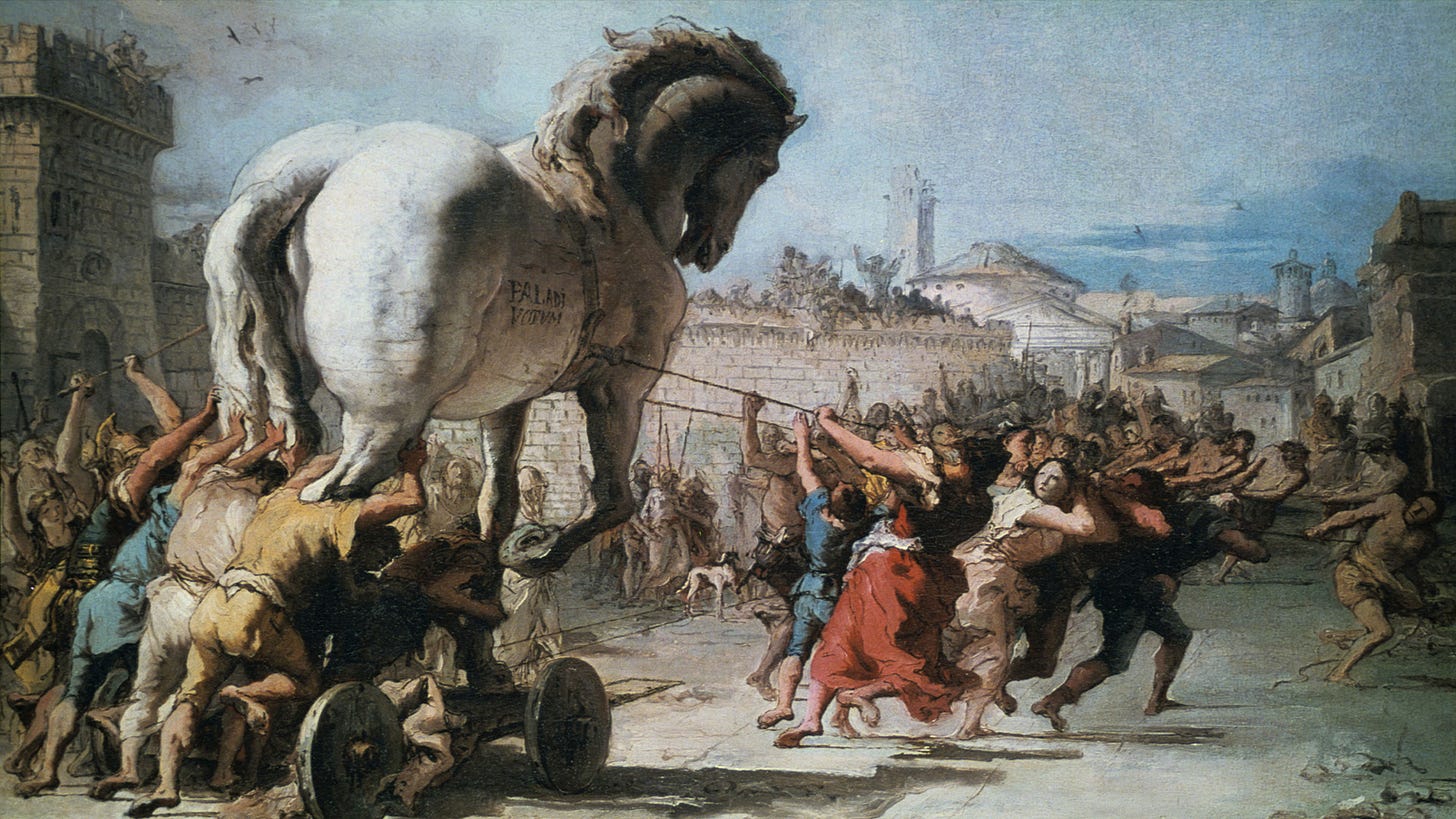
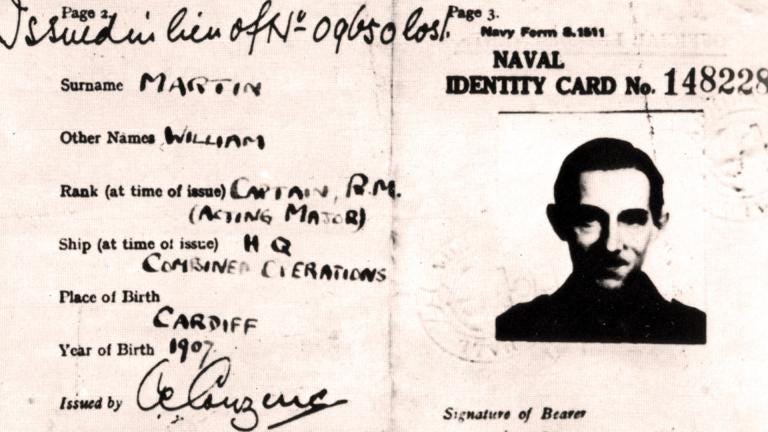
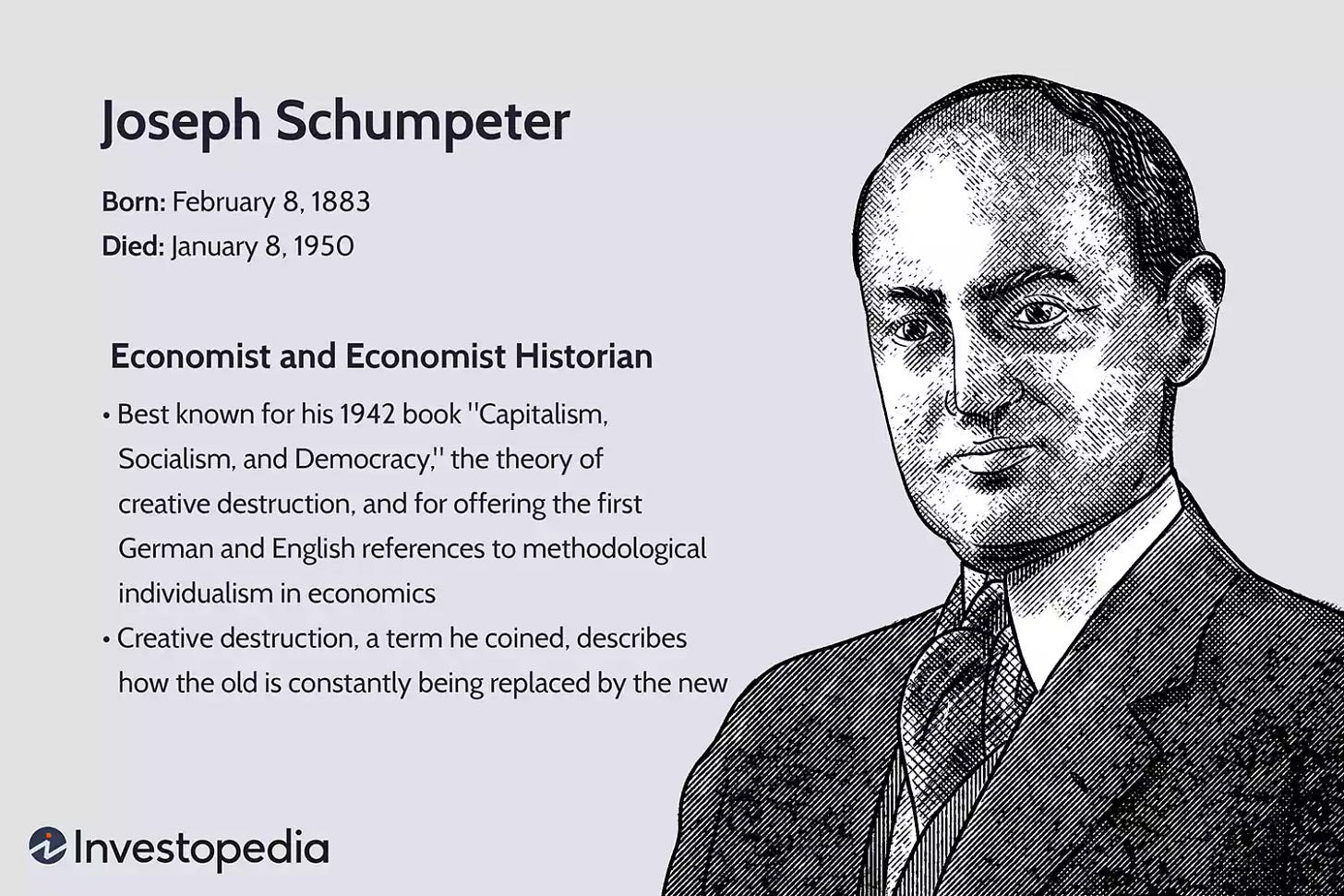
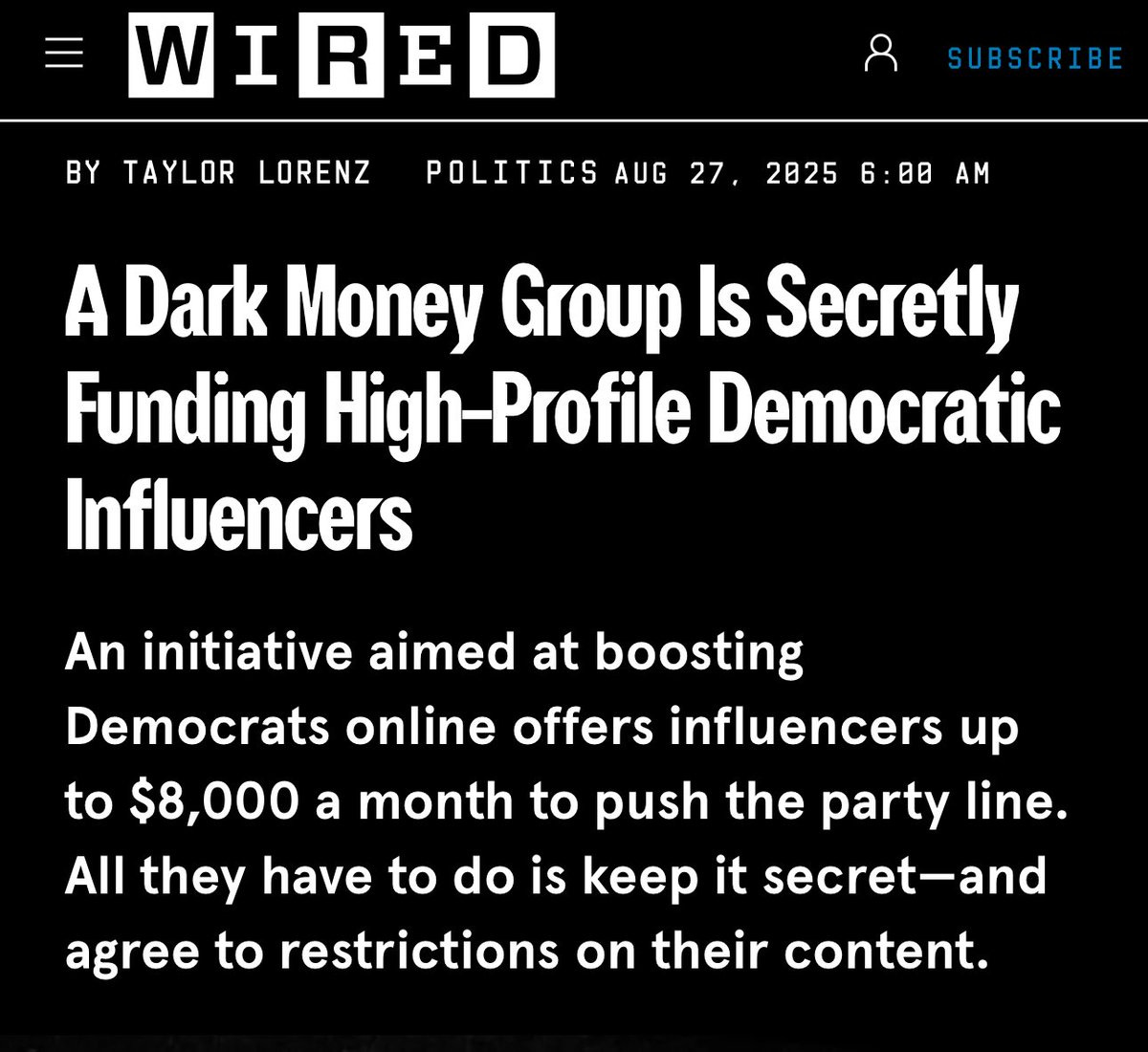
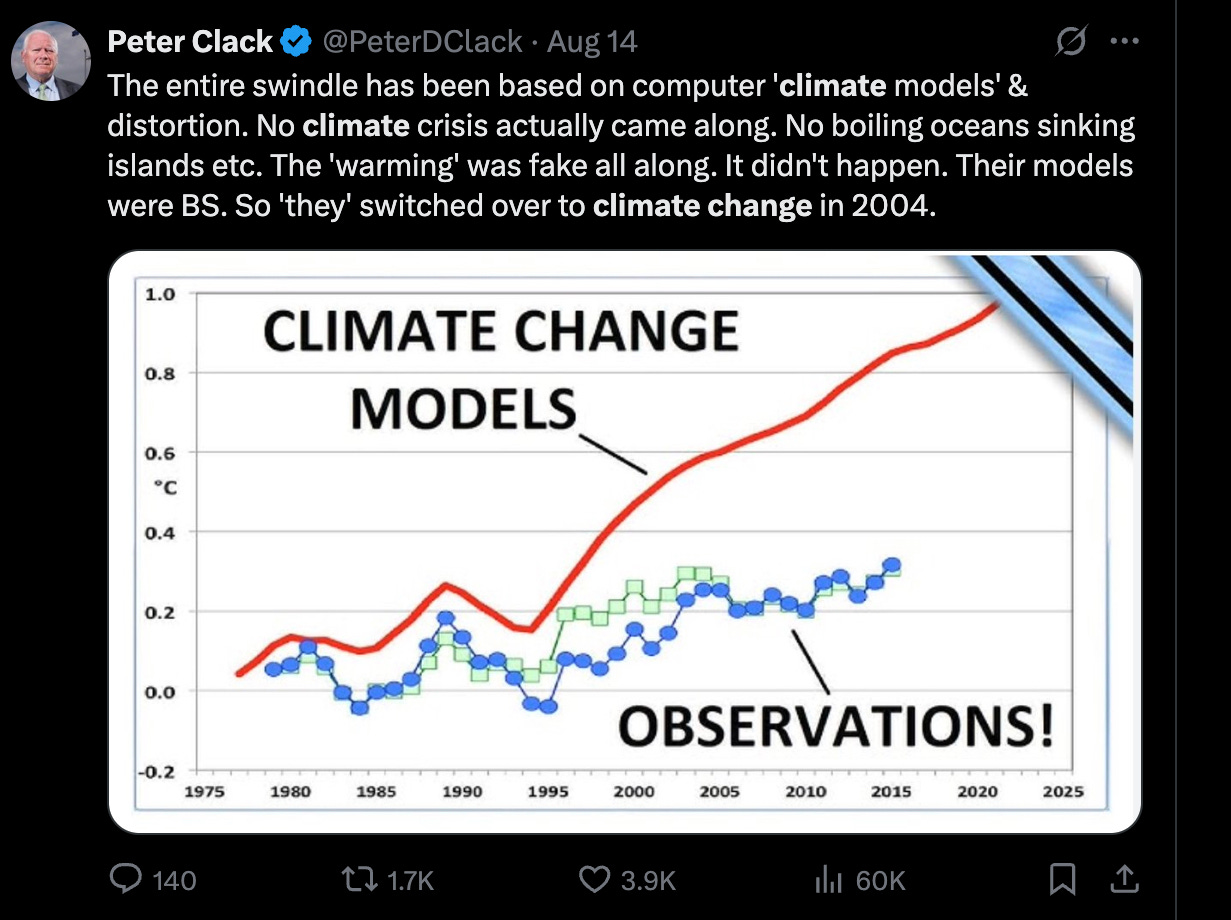

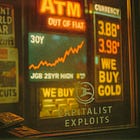
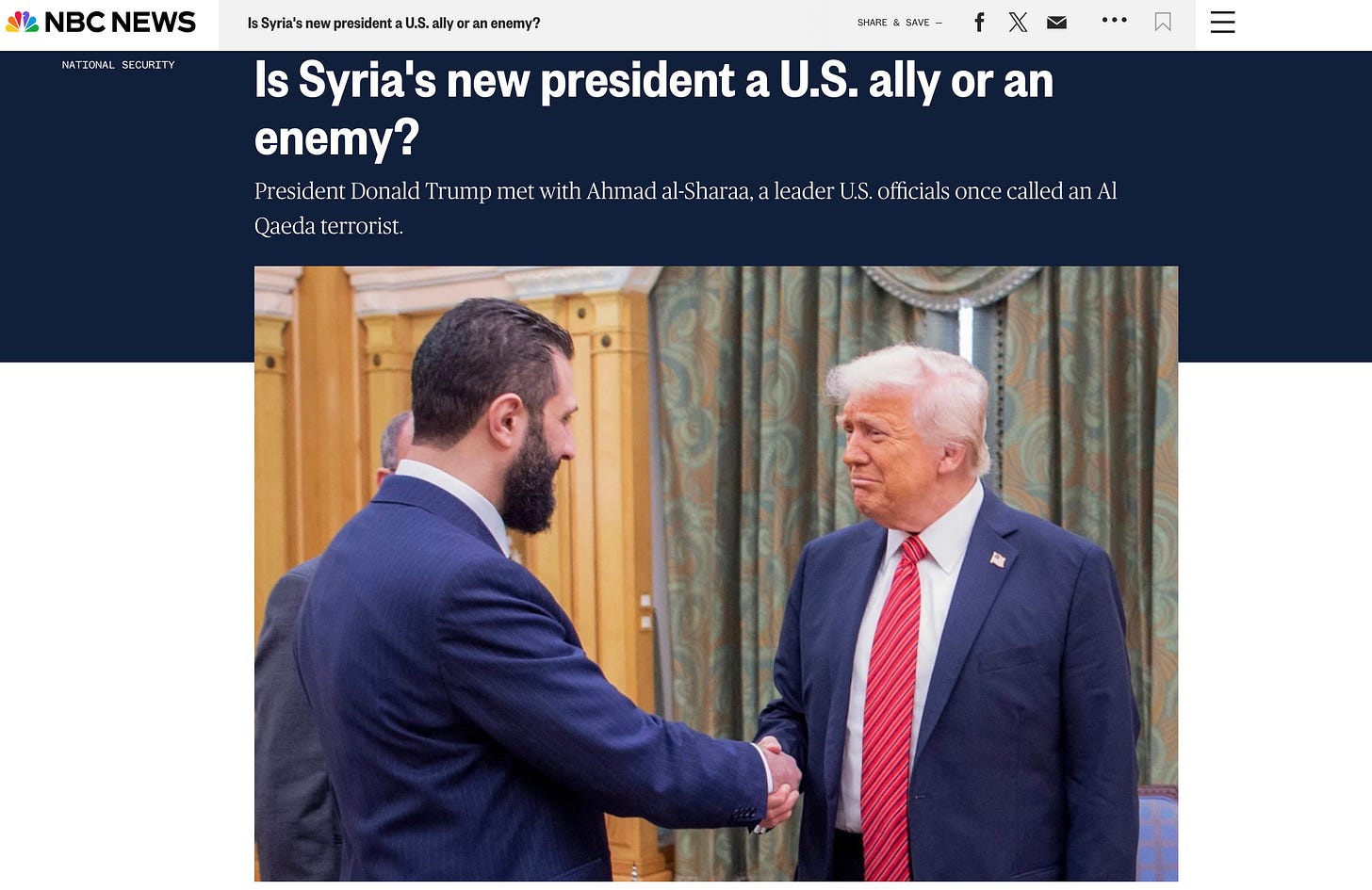
Really good breakdown of the psychological war we are all in today